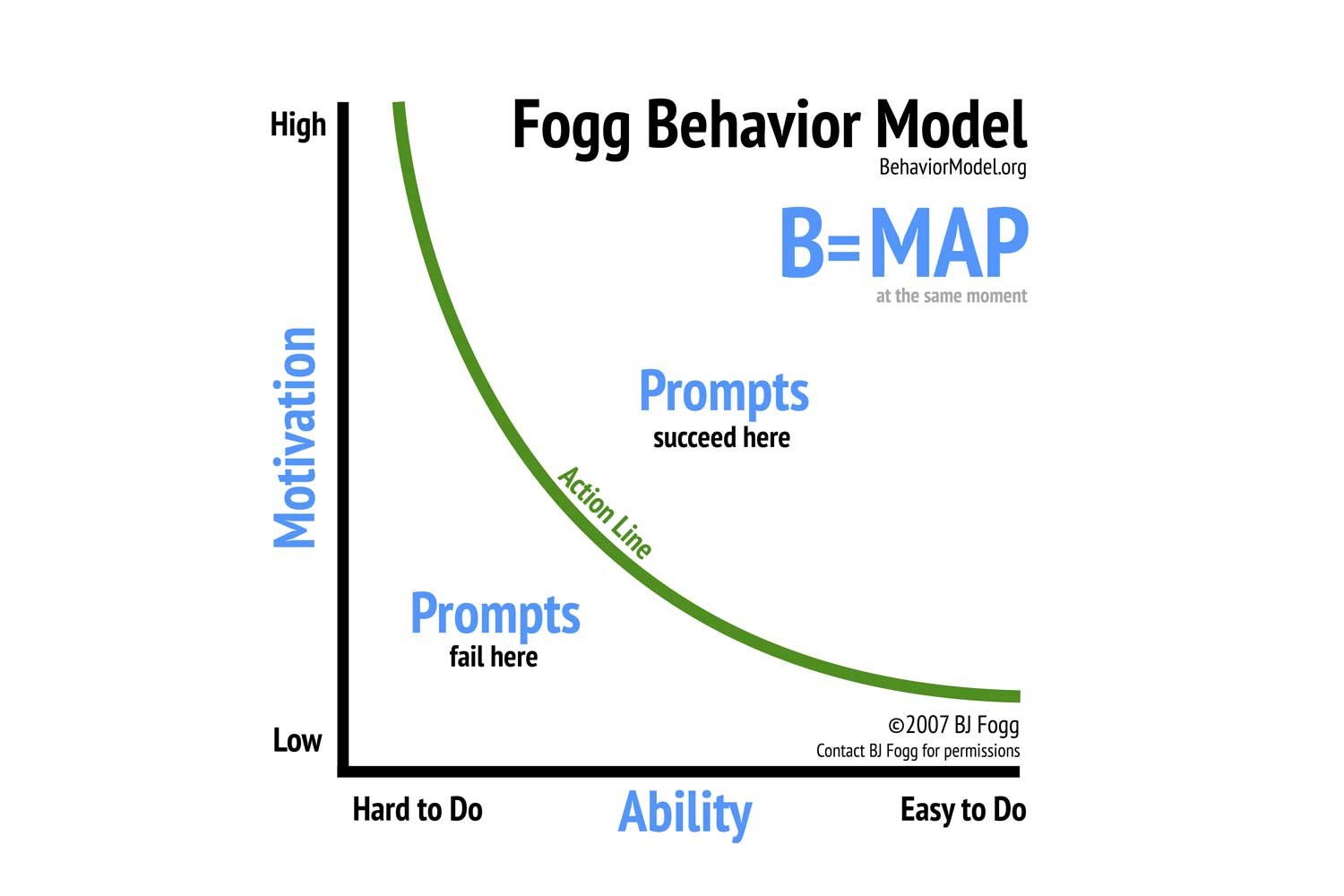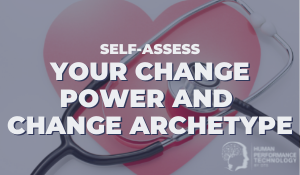How to Achieve Change with Behavioural Science
The behavioural sciences are a treasure trove for businesses looking to better understand human behaviour. From psychology, anthropology and cognitive science (as well as their ancillary branches), companies can get insight on how people think or act in order to predict their future actions more accurately.
Organisations are using research from these fields to make better people decisions and to get better results. In fact, there is not a limit to how behavioural science can be applied within a business. But given the change agenda at most organisations, here are the top three ways to apply behavioural science to achieve change.
1. Nudging and Debiasing
What to Know: Nudging is a way to discreetly influence people to make micro-decisions about small changes. Debiasing is a way to help people make rational, objective decisions that are not influenced by bias.
How to Apply This: Both can be applied without restricting what people can do, which means that people are less likely to feel threatened by these changes. Nudges are subtle interventions based on behavioural science that influence people’s behaviour. Debiasing techniques bring out objective decisions with techniques that remove biases from prejudices and groupthink.
2. Motivation, Ability and a Prompt
What to Know: Motivation, ability and a prompt are the three elements of the Fogg Behaviour Model that must converge at the same moment for a behaviour change to occur. Motivation can be high or low; Ability ranges from hard to do to easy to do; A prompt either moves or does not move a person to take action.
How to Apply This: The model makes it easier to understand behaviour. When leaders are trying to engender a change in behaviour, but it’s not working, this model offers a simple way to check their approach, adapt and incorporate all three elements. Use the model image below to understand how all three elements come together.
3. Priming and Framing
What to Know: Priming, or the priming effect, occurs when exposure to an initial stimulus influences an individual’s response to a subsequent stimulus. Framing is a technique used to communicate in a way that aligns to a group’s preferences to gain their consent.
How to Apply This: Priming is often used to support change because introducing some ideas first can subsequently prompt other ideas later on without a group’s conscious awareness. Framing is often used to create a ‘positive spin’ on a message to encourage accepting or making a behavioural change. Similar to priming, framing can occur in some instances without awareness.
Reference
Behavior Model image provided by Dr. BJ Fogg, founder of the Behavior Design Lab at Stanford University.
If you enjoyed this article, you may also appreciate How to Benefit from Behavioural Science at Work.

Temre Green, PhD
Head of Consulting Services, Australia & New Zealand. Temre has designed, planned and delivered business strategy and transformation programs that were driven by a range of factors, such as innovation, growth, compliance, regulations, restructures and economic downturns. As an Industrial-Organisational Psychologist, Temre has spent her career dedicated to organisational behaviour and the work environment. She is currently focused on the future of work and multiple areas of organisational development that support organisational growth and health.

.png?width=374&name=Nutshell%20-%208-Step%20Change%20Process%20(John%20Kotter).png)

We Would Like to Hear From You (0 Comments)